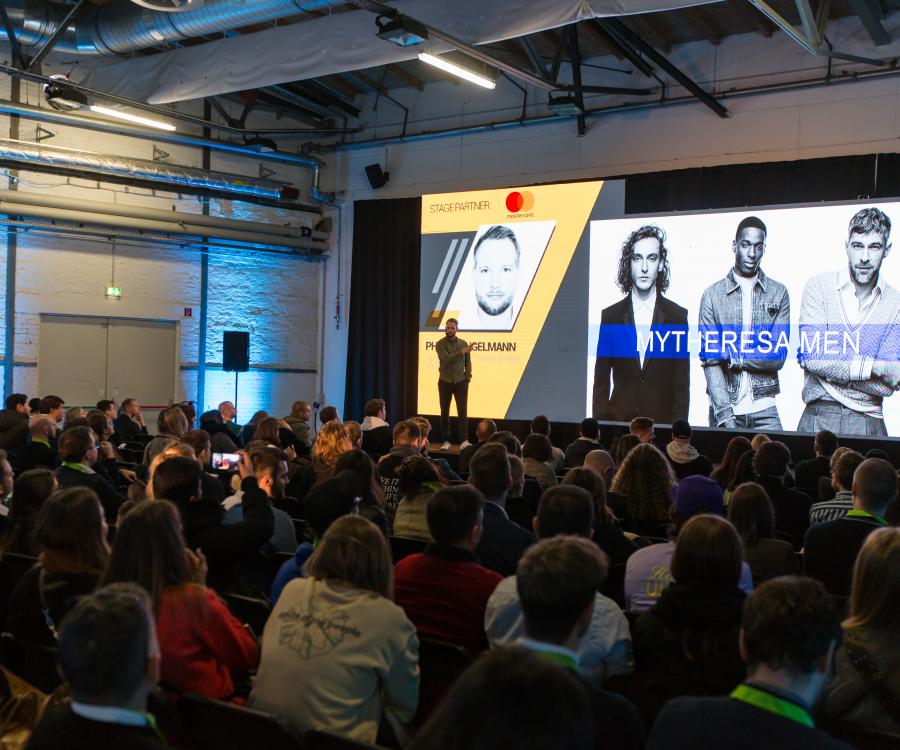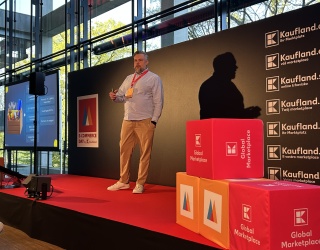The COVID-19 pandemic has left a visible mark on the retail sector, and companies have had to find new ways to reach consumers effectively in a very short time. Many companies that had previously focused on stationary retail have expanded their business into the online sector. But setting up a web shop is often not enough to retain customers. Especially in these turbulent times, it is more important than ever to analyse customer wishes and needs in detail to ensure long-term loyalty.

Leveraging the momentum of online commerce
83 percent of those surveyed in the "Corona Consumer Check" study by Sitecore, IFH Cologne and exc.io were satisfied with their online purchases and 80 percent said they would continue to shop on the internet. However, only 36 percent stated that their trust in online retailers had increased as a result of shopping online. While online shopping excels in convenience, there is still room for improvement when it comes to the shopping experience. Therefore, it is questionable whether customers will remain loyal to the same merchant for their next purchase.
This is where personalisation comes into play: personal contact and individual advice are what Germans miss most when shopping online. And it is precisely these aspects that facilitate customer loyalty. They expect to be met with online offers and experiences that are tailored to them on every channel.
A critical factor is how companies approach the issue of personalisation. But even before the pandemic, it was difficult for many marketing experts to personalise effectively. A SoDA study commissioned by Sitecore found that less than 40 percent of marketing directors and C-level executives have implemented basic personalisation objectives.
Identifying and overcoming obstacles
Most companies have access to a plethora of customer data. So a lack of information about customer preferences or purchase history is not what is stopping marketing teams from tailoring the user experience to the customer. In these cases, incorrect self-assessment, lack of budget and the rapid change in customer preferences are considered the biggest obstacles for CMOs. Around two thirds (67%) of marketing managers see themselves as "experts" or "masters" of personalisation. In reality, however, most of them are stuck at broad segmentation or are addressing different target groups instead of tailoring content individually to customers.

In order to implement your own personalisation effectively, there are several things to consider:
- Convince with added value
Over 40 percent of marketers say they do not have the financial resources to offer more personalised content. Often, this is due to the fact that IT teams and C-level executives still do not recognise the importance of marketing technology for differentiated personalisation.
Marketing executives should demonstrate a clear ROI and outline an overall vision. It is also critical to explain how the personalisation strategy can benefit other departments and support the overall goals of the organisation.
- Identify trends early on
Customer needs are changing faster than ever and events such as the current COVID-19 pandemic are having a strong impact on customer interaction with products and services. While at the beginning of the pandemic, customers mainly bought essential goods such as food and medication, this shifted to homeware products, digital subscriptions and fashion items during the course of the pandemic. Retailers and brands need to quickly identify these trends and address customers early on with personalised offers that exceed their expectations.
- What they want, when they want it
The appropriate content must be displayed in the ideal context. The main difference between basic personalisation and advanced, effective large-scale personalisation is the ability to provide customers with a personalised recommendation, image or offer at the exact moment they are looking for it. Regardless of the platform – web, app or in-store.
- Start small
Marketing managers should first focus on a few small success stories. Choosing a specific area of personalisation to focus on – such as targeting specific platforms or increasing repeat purchases – can improve the user experience in an area that is important to the business. It also allows marketing teams to work towards an overall personalisation goal step by step.

Three steps to establish a clear path to personalisation
Once organisational obstacles have been overcome, it is time to create a plan for the path to personalisation:
- Create a roadmap. While the personalisation strategy shows how an organisation can personalise customer experience, a roadmap details the steps and procedures required to do so. Developing a longer-term roadmap that includes goals and desired outcomes allows you to track, review and improve your progress.
- Prioritise personalisation. Personalisation should be integrated into marketing efforts from the very beginning. It should be the core focus of the marketing programme and be included in all marketing and sales funnels.
- Use the right systems. Last but not least, it is essential that the technology used for personalisation is fast enough to respond to and process requests in real time. This requires marketers to develop more data strategies that enable them to collect and analyse data. According to the SoDA study, data and analytics applications and technology platforms will be the two most important investments (38% / 33%) over the next two years.
These steps make it easier to get started. However, it is important to understand that effective personalisation is constantly evolving. You have to learn to walk before you run – always making sure your customers’ individual needs are at the centre of your actions.






